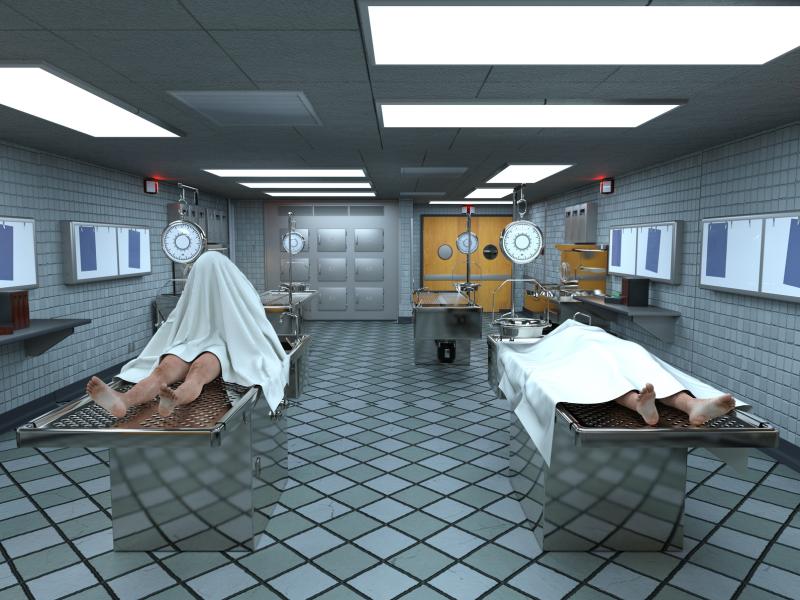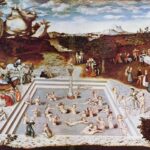A morgue or mortuary is a building or room (as in a hospital) used for the storage of human remains. The term morgue is derived from French morguer, to look at solemnly, to defy. The term was first used to describe the inner wicket of a prison, where prisoners were kept for some time, that the jailers and turnkeys might view them at their leisure, so as to be able to recognize them when occasion required.
Relating to dead people, the name was first given to a building in Paris which in the middle of the fifth century was part of the Châtelet and was used for the keeping and identification of unknown corpses. The term was more generally adopted in the 1880s to describe the place where autopsies were performed. Morgue is predominately used in American English, whilst mortuary is more common in British English. (Mortuary is also often synonymous with funeral home in American English.)

There are two types of morgue cold chambers:
- Positive temperature (+2/+4°C): This is the most common type, used for keeping the bodies a few days or a few weeks. Decomposition of the corpse continues at a reduced rate.
- Negative temperature (-15°C/-25°C): This is used for forensic institutes for bodies which have not yet been identified. The body is completely frozen, completely halting decomposition.
Usage
The mortuary cold chamber is used to keep the deceased as long as is necessary for identification purposes, or prior to post-mortem examination, or while awaiting burial.
In many countries, the family of the deceased must make the burial within 72 hours, but in some countries (in Africa, for example) it is usual that the burial takes place some weeks or some months after the death. This is why some corpses can be kept as long as one or even two years at the hospital or in a funeral home. When the family has enough money to organise the burial ceremony, they take the corpse from the cold chamber.
In some funeral homes the morgue is in the same room, or directly adjascent to the specially designed ovens used in funerary cremation known as retorts. Some religions dictate that should a body be cremated, the family must witness its incineration. To honor these religious rights many funeral homes install a glass viewing window which allows the family to watch as the body is inserted into the retort. In this way the family can honor their customs while remaining outside of the morgue.
In many countries, the body of the deceased is embalmed, which makes refrigeration unnecessary.







